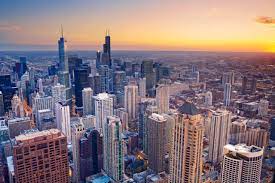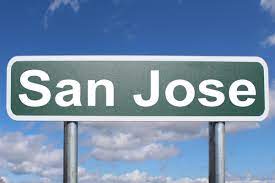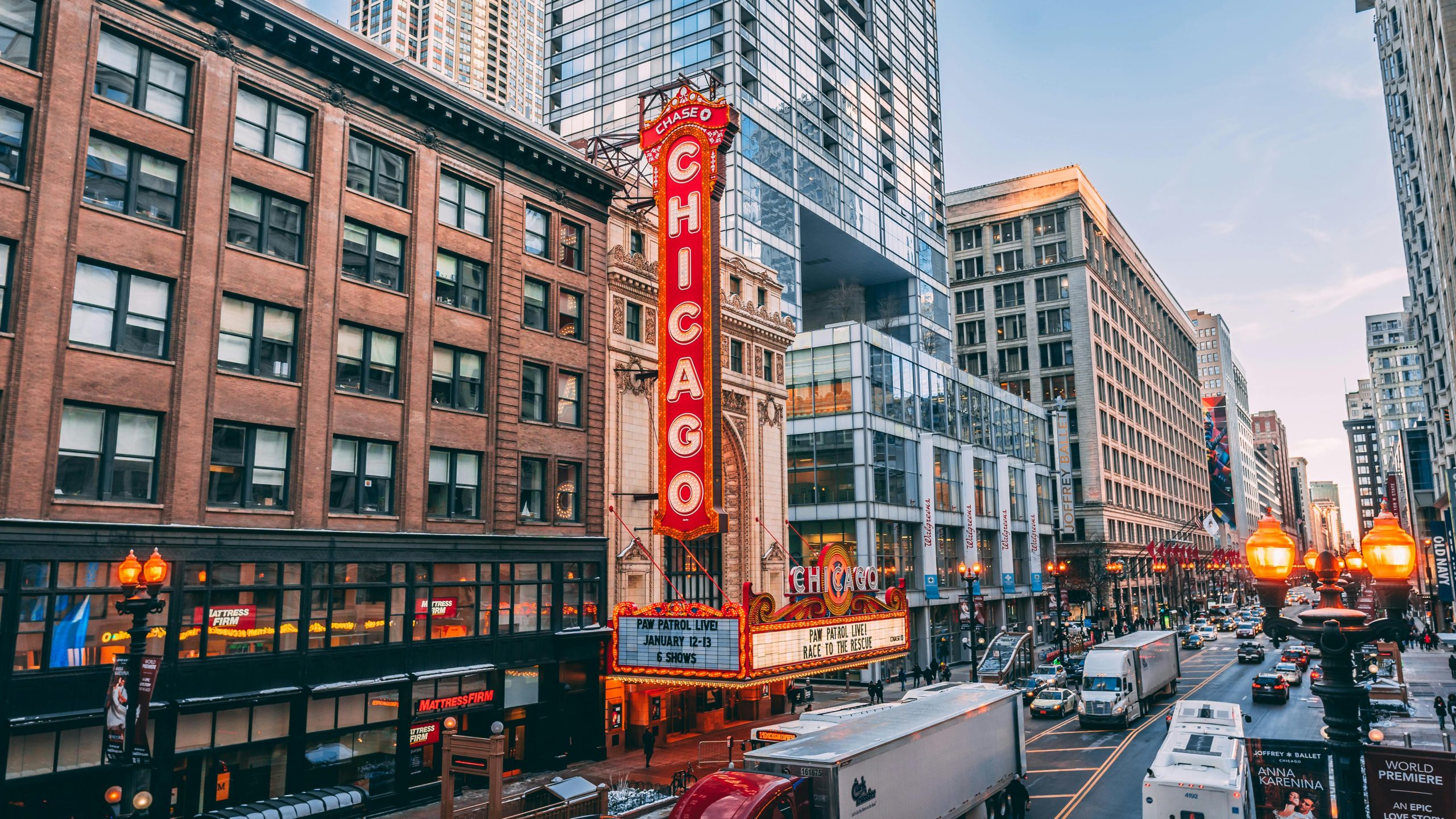Chicago, a vibrant hub of culture and commerce grapples with a stark reality – certain neighborhoods battling elevated crime rates. Home to 2.7 million the city’s contrasts between urban vibrancy and safety concerns prompt a closer look. In this exploration we dive into the ten most dangerous cities in Chicago, shedding light on the community-driven pursuit of enhanced home security amidst these challenges.

Urban Contrasts and Safety Realities
Chicago’s allure as a bustling metropolis comes with a caveat – a crime rate 67% higher than the US average. This disparity is particularly evident in specific districts painting a complex picture where urban dynamism intersects with safety challenges.
Violent and property crimes, especially gun violence cast a shadow on Chicago’s reputation. The gravity of these issues necessitates a focused examination of high-risk neighborhoods where residents grapple with daily safety concerns.
In response, Chicagoans are embracing advanced technology to fortify their homes. The proactive shift towards heightened security reflects a communal commitment to addressing the impact of crime. Join us as we delve into these neighborhoods, exploring the measures residents are adopting for enhanced security and peace of mind.
READ ALSO: 10 Most Dangerous Places In Montana 2024:Be Cautious!
Most Dangerous Cities in Chicago: A Glimpse into Safety Challenges
South Side:
South Side, home to 54,000 residents, grapples with a high crime rate, reporting 7,573 crimes per 100,000 people. Residents face a 1 in 13 chance of falling victim to crime, with violent crimes alarming at 2,454 incidents per 100,000 people.
North Lawndale:
This West Side neighborhood, with 35,417 inhabitants, battles a crime rate 198% above Chicago’s average. An alarming 70% of men aged 17-45 have criminal records. Residents face a 1 in 9 chance of experiencing crime.
Riverdale:
With 13,047 residents, Riverdale faces a significant crime challenge, reporting 7,682 crimes per 100,000 people. The high rate of violent crime means residents have a 1 in 39 chance of becoming victims.
West Englewood:
Home to 32,317, West Englewood’s crime rate is double Chicago’s average. Violent crimes stand at 2,773 per 100,000 people, with residents facing a 1 in 37 chance of falling victim.
Grand Crossing:
With 32,217 inhabitants, Grand Crossing reports 8,724 crimes per 100,000 people, significantly higher than the national average. Residents have a 1 in 18 chance of experiencing property crime.
Englewood:
Englewood, housing 25,858 people, faces a crime rate 125% above Chicago’s average. The community battles violent crimes, with a 1 in 34 chance of being a victim.
East Garfield Park:
This neighborhood, inhabited by 20,100, reports high rates of violent and property crimes, with residents facing a 1 in 10 chance of falling victim.
Washington Park:
With 11,871 residents, Washington Park struggles with crime rates 250% above the national average. The violent crime rate is 701% higher, creating an environment of constant concern.
West Garfield Park:
Topping the list, West Garfield Park, home to 17,277, battles exceptionally high violent crime rates, with residents facing a 1 in 20 chance of falling victim. Gang activity contributes to the neighborhood’s challenges.
These neighborhoods, labeled as the most dangerous cities in Chicago not only face immediate threats but also grapple with the long-term impact on mental health and community trust. Efforts to combat crime and improve living conditions persist despite the ongoing challenges.




